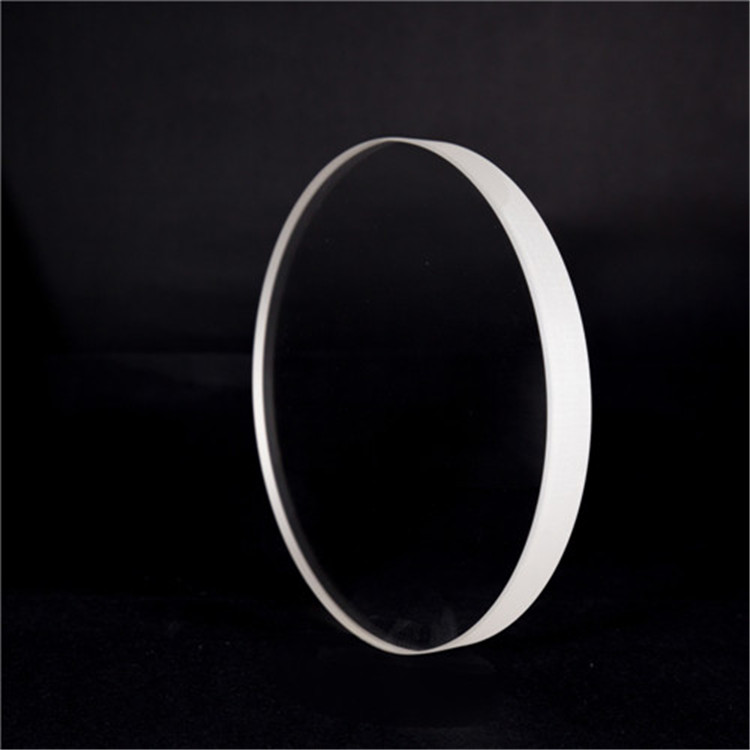Although the commercial boom seems to have come, but according to experts, only "autopilot" has achieved industrialization, and "driving without a driver" still remains at the experimental stage.

It is still far from the actual industrialization from automatic driving to driverless driving distance.
The steering wheel turned itself, passed ETC toll booths, evaded pedestrians crossing the road, and could also recognize the traffic police's gestures, but there was no driver on the car - this scene has already appeared in the 9th "China Smart Car Future" held in November this year. Challenge competition". However, at the annual conference of the China Artificial Intelligence Industry in 2017, several experts in the field of smart driving told the Global Times reporter that the current real road to realisation and industrialization can only be considered “autopilot†and “driverless "Stayed in the experimental stage, far from the actual application.
With the rise of the Internet and artificial intelligence technology, driverlessness has become the focus of competition between companies and research institutions. Chen Enhong, deputy dean of the School of Computer Science and Technology at the University of Science and Technology of China, said that the driverless car itself is a multidisciplinary high-tech industry. “It has broad application prospects in national defense and economic fields, and it is also a measure of a country’s scientific research strength and industrialization level. Important sign."
According to the classification standards of automotive intelligence formulated by the International Association of Automotive Engineers, automatic driving can be classified into L0-L5 level. L0 level is purely manual driving, while the highest L5 level is automatically driven by the car in almost any case. Driver intervention. The industry believes that from the perspective of industrialization, it is currently in the transition period from L2 assisted driving to L3 semi-autonomous driving. The L3 models that are actually mass-produced are Audi's recently launched A8L. The automatic driving technology that Tesla has is L2 level.
Yang Ming, a professor at the Shanghai Jiaotong University Smart Car Center, said that the L2 and L3 self-driving cars started to industrialize because they faced scenes such as highways, and the current technology can be implemented at a lower cost. For example, the camera only needs to perceive the basic elements of the environment, lane lines, lanes, other vehicles and pedestrians, it can promote the mass production of L2, L3 level vehicles, but once replaced in other environments, such as roads with complex road conditions are very Difficult to achieve.
Zhang Xinyi, an associate researcher at Tsinghua University, told the Global Times reporter that there is a watershed between L3 and L4, and that L3 is under the limit of the driver's responsibility. However, to L4 or above, an intelligent system is required to take responsibility. Zhang Xinyi said that the biggest challenge for unmanned driving is understanding human intentions. Whether it is the car’s understanding of the passenger’s intentions or the understanding of the intentions of other vehicles, bicycles, and pedestrians in the surrounding environment. In addition, social acceptance of driverlessness also needs to be considered. Fu Baochuan, dean of the School of Electronics and Information Engineering at the University of Science and Technology of Suzhou, believes that driving a driverless car on the road requires a corresponding supporting policy, that is, how to clarify the responsibility of driving a driverless car.
Huang Wuling, an associate researcher at the Institute of Automation of the Chinese Academy of Sciences, stated that according to the current research situation, it is feasible to gradually apply automatic driving to buses and special roads. However, if you want to “free up the drivers completely and let them drive online, chat and send WeChat while drivingâ€, the reality is far from the dream. According to a report published by PricewaterhouseCoopers recently, with the current technology, L5 unmanned driving is still difficult to achieve, and major innovations in infrastructure and technology are still needed. The mainstream time is not earlier than 2027-2028.
Wedge Prism can be used to deflect the laser beam at a certain angle alone, or combine the two together as beam deflection application. A single prism can offset the incident beam by a certain angle. If measured by diopter, it is a diopter, which is equivalent to an offset of 1cm at a distance of 1m
Ø can be used for beam deflection
Ø 0.5 ° - 15 ° beam deflection
Ø products without coating or antireflection coating are available
In addition, irregular prism pairs are also provided

Wedge prism can be used to deflect the laser beam at a certain angle alone, or combine the two together as beam deflection application. A single prism can offset the incident beam by a certain angle. If measured by diopter, it is a diopter, which is equivalent to an offset of 1cm at a distance of 1m
Two can be used as deformable prisms (to correct the elliptical beam output by the laser tube), or to set the beam at 4 θ Deflect at various angles within the range, θ It refers to the light deflected by a single prism. This beam shaping is realized by rotating two beams respectively, which is typically used to scan different positions in imaging.
Wedge Optical Window
Hanzhong Hengpu Photoelectric Technology Co.,Ltd , https://www.hplenses.com